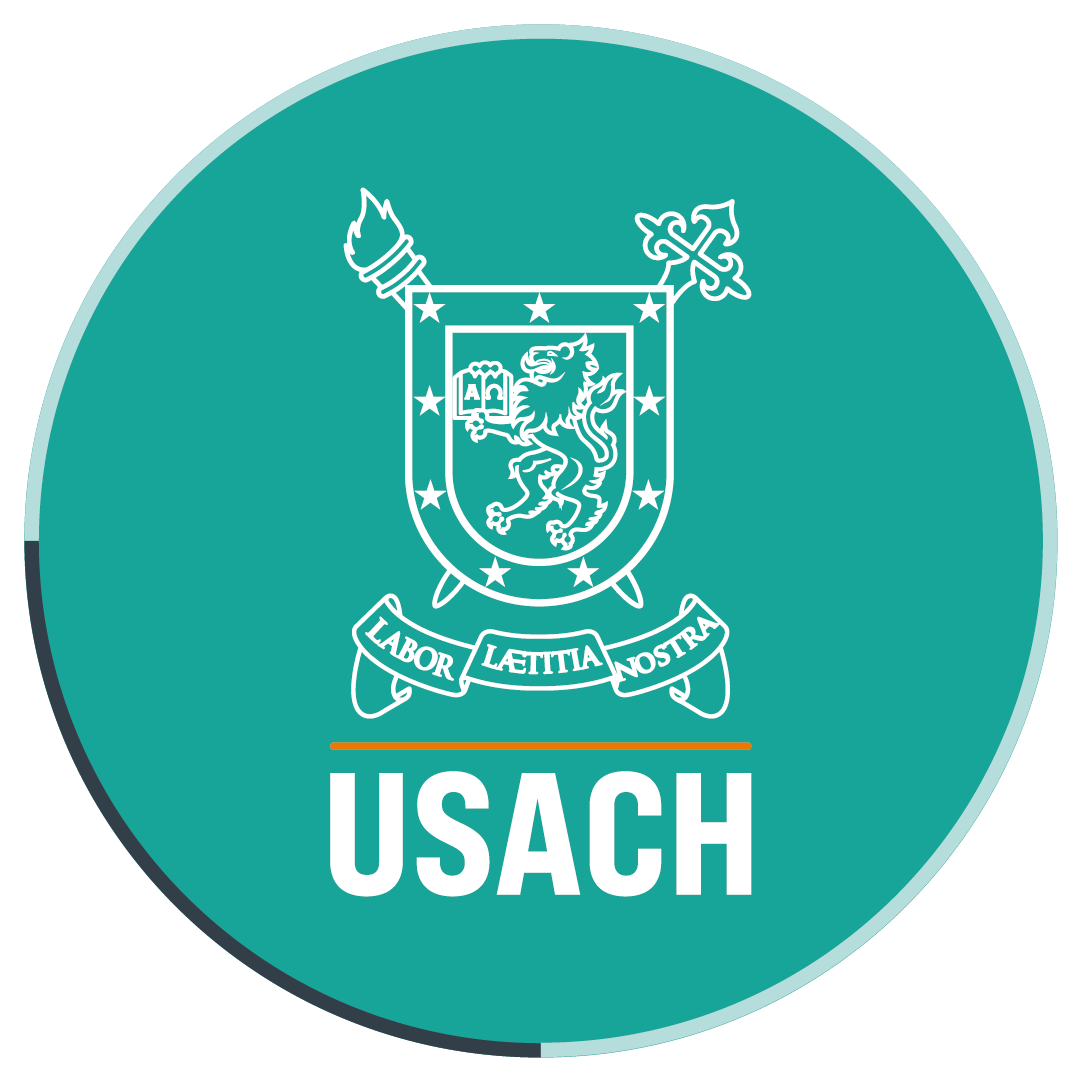New contribution from Universidad de Santiago to the domestic industry: Researcher developed an eco-friendly antifungal packaging
Dr Paula Zapata, professor at the Faculty of Chemistry and Biology of Universidad de Santiago de Chile, developed a fungicidal plastic film that degrades in a maximum of three years. This innovative product seeks to solve a common problem in food industry: the contamination by microorganisms produced between the production stage and the acquisition of the product by consumers.
Dr Paula Zapata, professor at the Faculty of Chemistry and Biology of Universidad de Santiago developed a double function package that seeks to solve a common problem in food industry: the contamination by microorganisms produced between the production stage and the acquisition of the product consumers. The project has been funded by the Fundación para la Innovación Agraria (FIA) and the Metropolitan Regional Government.
According to the project’s principal investigator, in comparison to other existing products, this new packaging is a contribution, “first, for its fungicidal properties, and second, as it is made up of an eco-friendly polymer, it is environmentally sustainable.”
To develop this film, the research team sought non-toxic natural agents and nanoparticles in order to keep food innocuousness and human safety.
Transfer to the market
Dr Zapata explains that this technological development can be used in different types of industry, then she thinks that the product’s transfer to the market is very achievable. For this reason, on December 06th, they presented the results of their work before several companies like Soprole, Multi Sport and Agrosuper, among others.
“I expect the technological transfer process to be successful. The transfer involves different difficult stages, but with work and a good communication with the companies, and learning what they want and what they need, we will be able to achieve it,” she says.
According to Juan Pablo Castro, Corporate Manager of the Flexible Packaging Division of Bo Packing, this project means a great contribution to the market, as they have been looking for a solution to the problems mentioned above for years.
“I think the relation between the university and the companies is of great importance. I am a chemical engineer, so I feel involved in this research projects. Our doors are open to innovation, as it is the only way in which a country can develop
During the meeting, Osvaldo Quiroz, who is responsible for Networks and Outreach and Engagement at the Department of Technology Transfer of the Vice Presidency of Research, Development and Innovation, offered the company representatives the possibility of working in partnership with Universidad de Santiago.
Undergraduate and graduate students at the Department of Chemical Engineering and the Faculty of Chemistry and Biology participated in the project, which also had the collaboration of Dr Franco Rabagliati, professor at the Department of Environmental Sciences.
Translated by Marcela Contreras

